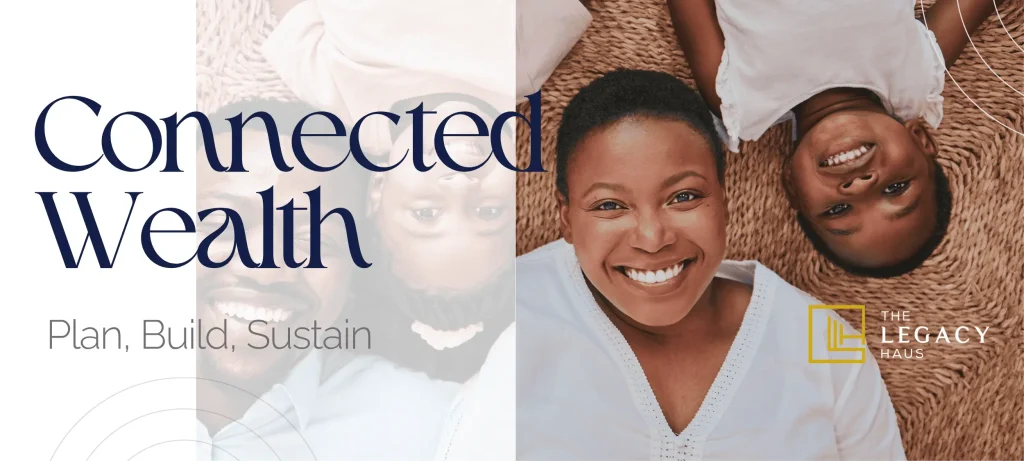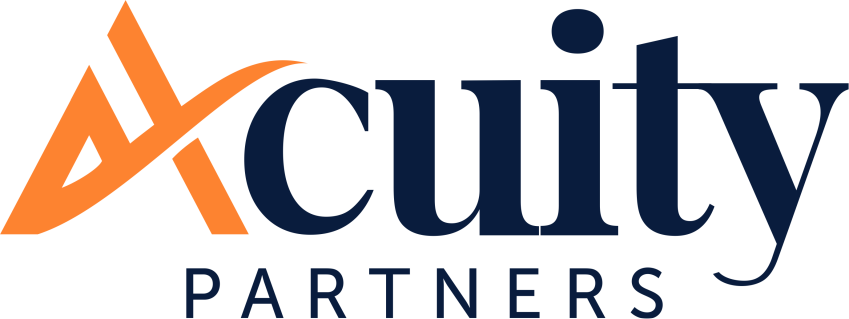For many of us, education is a badge of honor. Back in the day, our parents would proudly declare, “All my kids went to King’s College!” as if that single fact cemented their legacy. But times have changed, and so should our approach to education.
This holistic approach, which we call Connected Wealth, ensures that families create a sustainable roadmap not only for education but one that integrates financial planning, family values, and intentional legacy-building. Education is beyond school fees; it’s a carefully structured journey that ensures each child is positioned to thrive, not just academically but in life.
Here’s how to make that happen.
- PLAN: Establish a Purposeful Foundation
a. Define Your Vision
Before making financial commitments, ask yourself: What do I truly want for my children? How does their education fit into our family’s long-term vision? For some, the goal is academic excellence. For others, it’s nurturing creativity, leadership, or entrepreneurship.
One family I worked with wanted their children to take over their business, so their education plan included mentorship, financial literacy, and hands-on experience from an early age. Another family, whose child had a gift for music, prioritized schools that would help refine that talent while still providing academic excellence. Your vision should guide your decisions.
b. Tailor the Education Plan
Not every child is meant to follow the same academic path. Yet, many parents still default to certain schools without considering whether they truly meet their child’s needs. Education should be structured around your child’s strengths, interests, and future aspirations. A child interested in robotics, for example, may need a school with strong STEM programs, while a budding artist requires an environment that nurtures creativity.
It’s time to move away from one-size-fits-all schooling and start designing education plans that set our children up for success—on their own terms.
- BUILD: Secure and Grow the Foundation
a. Leverage Family Office-Managed Education Trusts
A traditional education fund is like “stuffing money under the mattress—it’s there, but it may not be working for you. A Family Office-managed Education Trust, however, is a dynamic tool that funds education and strategically shapes your child’s academic and personal development.
Unlike basic savings accounts, these trusts integrate financial security with structured mentorship, skill-building, and even scholarship opportunities. With this, your child has access to career coaching, internship placements, and specialized training, all embedded in their education plan. That’s the difference between just “paying for school” and investing in their future.
b. Protect Against Risks
Investing in a mix of real estate, mutual funds, and fixed-income instruments ensures steady growth while minimizing risks. A resilient structure includes safety nets—insurance (life, health, and income protection), diversified investments, and risk mitigation strategies to protect your children’s education from unforeseen disruptions.
- SUSTAIN: Empower the Next Generation
a. Teach Financial Literacy
What’s your child’s relationship with money?
Practical tools like mock investment portfolios, budgeting exercises, and even letting kids manage small-scale projects can go a long way in preparing them for real-world financial responsibility.
b. Instill Family Values
Wealth without purpose is meaningless. The true power of education is in passing down core family values—integrity, discipline, resilience, and generosity. Whether through structured philanthropy, mentorship, or intentional family discussions, we must ensure that our children see beyond wealth accumulation and understand the impact of responsible stewardship.
c. Encourage Active Engagement
Your children should not just be passive beneficiaries of your financial planning; they should be active participants. Bring them into conversations about family goals and financial decisions in age-appropriate ways. When they see the bigger picture, they develop a sense of ownership and responsibility, making them better equipped to carry forward the family’s legacy.
Connected Wealth: A Holistic Approach
Connected Wealth is about more than just paying school fees. It’s a structured approach that ensures:
- Your children have the resources, guidance, and opportunities to thrive.
- Your financial structure is resilient and adaptable to change.
- Future generations are not just beneficiaries but custodians of your legacy.
By shifting our perspective from simply “saving for school” to actively building a lifelong education plan, we position our children—and our family’s legacy—for sustained success.
It’s time to move beyond the old way of thinking. Let’s stop viewing education as just an expense and start seeing it as an investment in something far greater—the future of our families.
Managing Partner.








